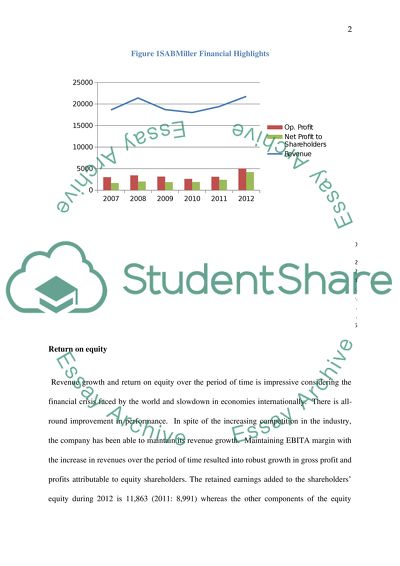Cite this document
(“I - Financial Reporting: SABMiller PLC Essay Example | Topics and Well Written Essays - 4000 words”, n.d.)
I - Financial Reporting: SABMiller PLC Essay Example | Topics and Well Written Essays - 4000 words. Retrieved from https://studentshare.org/finance-accounting/1403472-financial-reporting
I - Financial Reporting: SABMiller PLC Essay Example | Topics and Well Written Essays - 4000 words. Retrieved from https://studentshare.org/finance-accounting/1403472-financial-reporting
(I - Financial Reporting: SABMiller PLC Essay Example | Topics and Well Written Essays - 4000 Words)
I - Financial Reporting: SABMiller PLC Essay Example | Topics and Well Written Essays - 4000 Words. https://studentshare.org/finance-accounting/1403472-financial-reporting.
I - Financial Reporting: SABMiller PLC Essay Example | Topics and Well Written Essays - 4000 Words. https://studentshare.org/finance-accounting/1403472-financial-reporting.
“I - Financial Reporting: SABMiller PLC Essay Example | Topics and Well Written Essays - 4000 Words”, n.d. https://studentshare.org/finance-accounting/1403472-financial-reporting.


